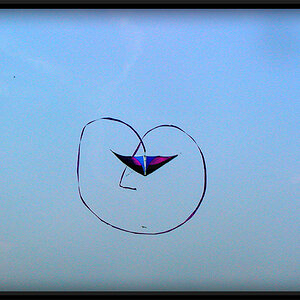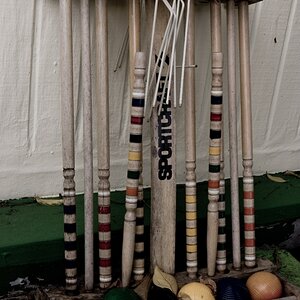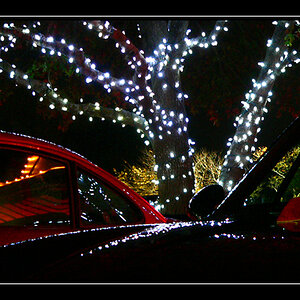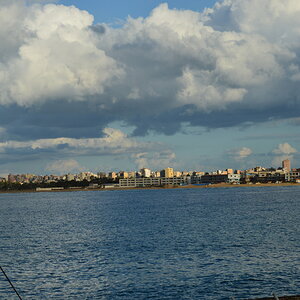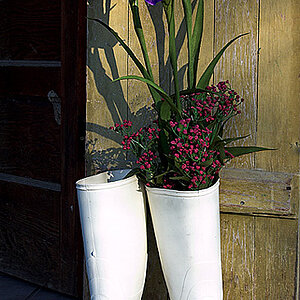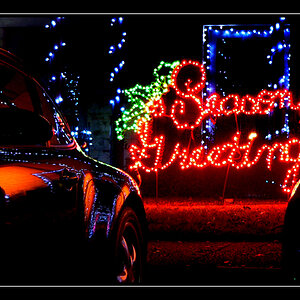izzenhood
TPF Noob!
- Joined
- May 30, 2013
- Messages
- 12
- Reaction score
- 0
- Location
- Grand Junction, Colorado
- Can others edit my Photos
- Photos OK to edit
I am attempting to photograph a large historical mining-claim map. It is about 6' x 8' and is hanging on a wall in a dimly lit courthouse.
As my Panasonic DMC-ZS15 does well in low light, I tried moving back about 20 feet and zooming in until it filled the screen.
The small text on the map though is fuzzy and unreadable, although it is large enough to read when I zoom in on my computer.
Even taking shots close to the map, so as to cover the map with 8 shots, the text is fuzzy.
My camera is set on AE, but experimenting at home AE seems to work well with text, and flash doesn't seem to help at home.
I want to be able to zoom in on the map so I can read it.
My camera has Intelligent Auto, Program AE, Aperture Priority, Shutter Priority, Manual Exposure, and Scene selection.
Any suggestions?
thanks
As my Panasonic DMC-ZS15 does well in low light, I tried moving back about 20 feet and zooming in until it filled the screen.
The small text on the map though is fuzzy and unreadable, although it is large enough to read when I zoom in on my computer.
Even taking shots close to the map, so as to cover the map with 8 shots, the text is fuzzy.
My camera is set on AE, but experimenting at home AE seems to work well with text, and flash doesn't seem to help at home.
I want to be able to zoom in on the map so I can read it.
My camera has Intelligent Auto, Program AE, Aperture Priority, Shutter Priority, Manual Exposure, and Scene selection.
Any suggestions?
thanks


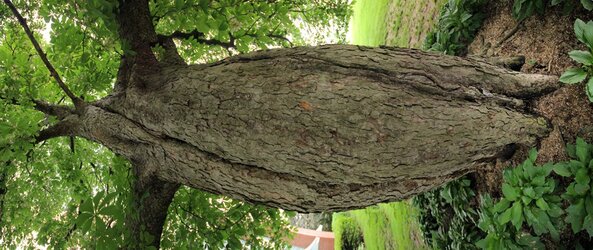
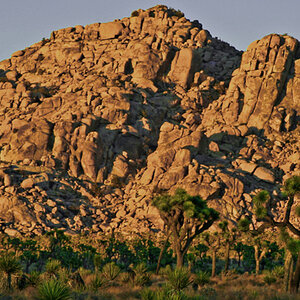
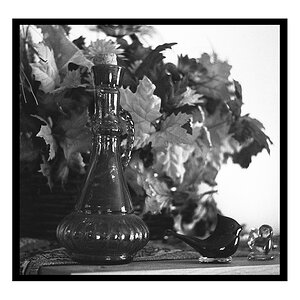
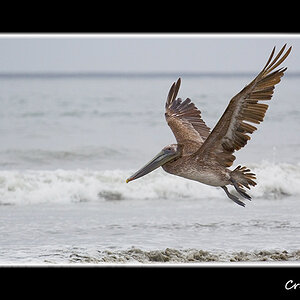
![[No title]](/data/xfmg/thumbnail/34/34119-711b53445c011079fb89b6f42682ed00.jpg?1619736289)
![[No title]](/data/xfmg/thumbnail/34/34746-f8e4b50f9d9b0de43c95af3d2caf956b.jpg?1619736628)
